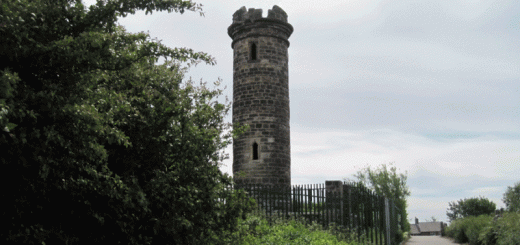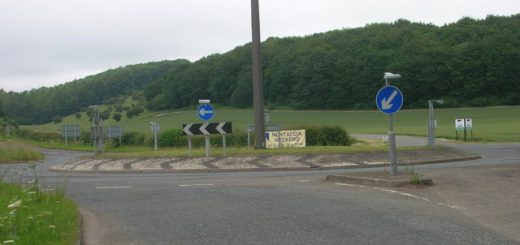Tylwyth Teg of Llyn Cwellyn
In ‘Celtic Folklore Welsh And Manx’ (1901) John Rhys mentioned a story concerning fairies that had been passed to him by two brothers who had in turn heard it from Mari Domos Siôn, who died around 1850. ‘A shepherd had once lost his way in the mist on the mountain on the land of Caeau Gwynion, towards Cwellyn Lake, and got into a ring where the Tylwyth Teg* were dancing: it was only after a very hard struggle that he was able, at length, to get away from them.’
![Velela [CC BY-SA 2.5 (https://creativecommons.org/licenses/by-sa/2.5)], from Wikimedia Commons](http://www.mysteriousbritain.co.uk/wp/wp-content/uploads/2010/11/Llyn_Cwellyn_Panorama-300x98.jpg) * Tylwyth Teg – A Welsh term for the ‘Fair Folk’ or Fairies.
* Tylwyth Teg – A Welsh term for the ‘Fair Folk’ or Fairies.




Re: Tylwyth Teg of Llyn Cwellyn
Another story of Llyn Cwellyn.
The lower end of Llyn Cwellyn is dominated by Castell Cidwm. Legend has it that the wicked chieftain Cidwm shot a fatal arrow at the son of Queen Elen of the Hosts, who was leading her army through Eryri (Snowdonia) from South Wales. Since South Walians have always been called hwntwrion (outsiders or foreigners) by North Walians, the queen was probably looking for trouble.
Re: Tylwyth Teg of Llyn Cwellyn
Edwin Sidney Hartland in his ‘The Science of Fairy Tales’ (1891) tells us that ‘It is related at Waenfawr, near Carnarvon, that a youth broke into a dance of the fairies on the banks of the Gwyrfai, near Cwellyn Lake, one moonlit night, and carried off a maiden. She at first refused to wed him, but consented to remain his servant. One evening, however, he overheard two of her kindred speaking of her, and caught her name–Penelope. When she found that he had learnt her name she gave way to grief: evidently she now knew that her fate was sealed. On his importunity being renewed, she at length consented to marry him, but on the condition that he should not strike her with iron. Here again the taboo was broken by the flinging of a bridle while chasing a horse.